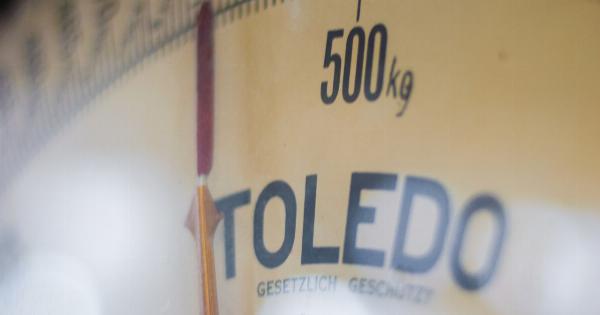Weighing ourselves regularly is the simplest way to monitor our health and keep our body weight in check. However, inaccurate methods of weight assessment can lead to incorrect conclusions about our health status.
In this article, we will discuss six methods for precise weight assessment that can aid you in maintaining optimal health.
1. Using a Bathroom Scale
A bathroom scale is the most common method for weight assessment at home. For accurate results, place the scale on a hard, flat surface and ensure that it is calibrated correctly.
Make sure the scale is on a level surface and stand on it with bare feet and minimal clothing. The best time to weigh yourself is first thing in the morning, before eating or drinking anything.
2. Measuring Body Mass Index (BMI)
BMI is a measure of body fat that utilizes a person’s weight and height. It is a useful metric for assessing whether an individual is underweight, normal weight, overweight, or obese.
The calculation is simple: take your weight in kilograms and divide it by the square of your height in meters. If your BMI is between 18.5 and 24.9, you are at a healthy weight. If it’s greater than 30, you are obese, and if it’s less than 18.5, you are underweight.
3. Using a Skinfold Caliper
A skinfold caliper is a tool that measures the thickness of skinfolds at various locations on the body to assess body fat percentage. The caliper should be placed 2 cm away from the fold, and the measurement should be taken in millimeters.
Using a skinfold caliper may require practice to improve accuracy.
4. Bioelectrical Impedance Analysis
Bioelectrical Impedance Analysis (BIA) is a noninvasive technique that determines body composition by measuring the electrical conductivity of body tissues.
BIA machines typically send a low-level electric current through the body and measure the resistance it experiences. BIA is usually performed at a doctor’s office or a gym and can be a useful tool in tracking progress during weight loss.
5. Dual-Energy X-Ray Absorptiometry (DEXA)
DEXA is a whole-body imaging technique that can determine body fat composition and bone density. DEXA scans are typically used to assess the risk of osteoporosis, but they can also provide a detailed picture of your body composition.
While more expensive than other methods, a DEXA scan can be an effective way to help track your progress during a weight loss program.
6. Air Displacement Plethysmography
Air Displacement Plethysmography (ADP) is a highly accurate technique for determining body composition. It works by measuring the amount of air that a person displaces inside a sealed chamber.
The technique is similar to underwater weighing but is more comfortable and less invasive. ADP is usually performed at a specialized facility.
Conclusion
Weight assessment is a crucial part of maintaining good health. Using any of these methods we have discussed can help you accurately track your progress in losing or gaining weight.























